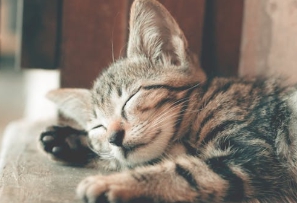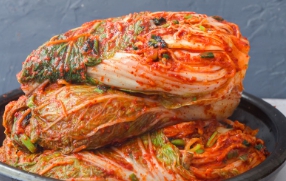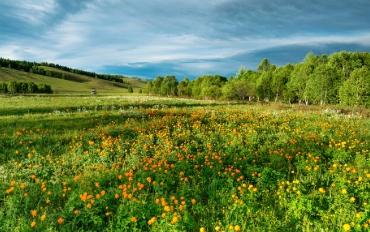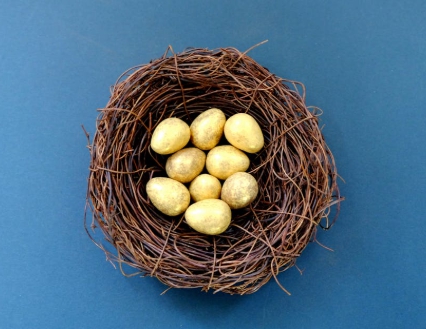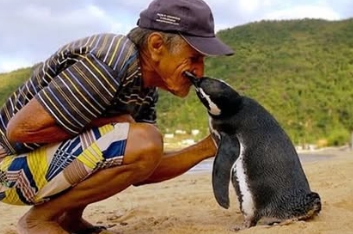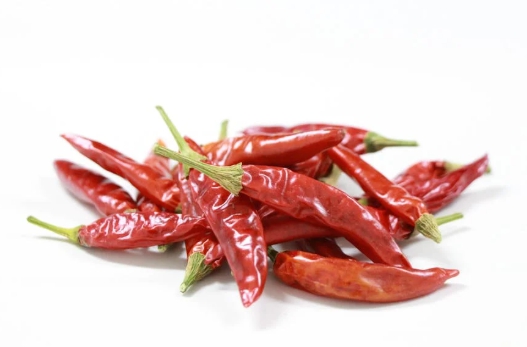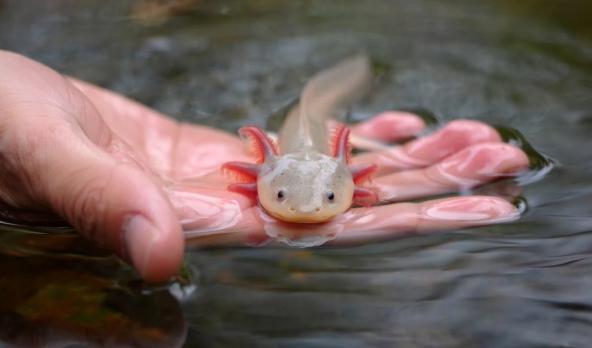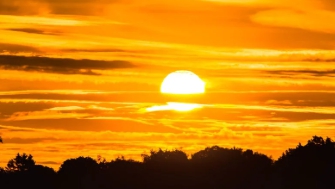태국 아기하마 '무뎅' 열풍
During the recent long weekend, especially on October 13, 2024, there was a record-breaking number of 14,573 visitors to see the “Moo Deng” at Khao Kheow Open Zoo in Bang Phra Subdistrict, Si Racha District, Chonburi Province. This is the highest number of visitors in the zoo’s 46-year history.
최근 긴 주말 동안, 특히 2024년 10월 13일, Chonburi Province, Si Racha District, Bang Phra Subdistrict에 있는 Khao Kheow Open Zoo에서 "Moo Deng"을 보기 위해 온 방문객이 14,573명으로 기록적인 수를 기록했습니다. 이는 동물원의 46년 역사상 가장 많은 방문객 수입니다.
‘Moo Deng’, the pigmy hippo that is also the star attraction, has become a historic phenomenon, drawing in record-breaking numbers of visitors. In the zoo’s 46-year history, no animal has ever captured the public’s attention like Moo Deng.
무뎅은 피그미 하마이자 인기스타이기도 한데, 기록적인 수의 방문객을 유치하며 역사적인 현상이 되었습니다. 동물원의 46년 역사상 무뎅만큼 대중의 관심을 사로잡은 동물은 없습니다.
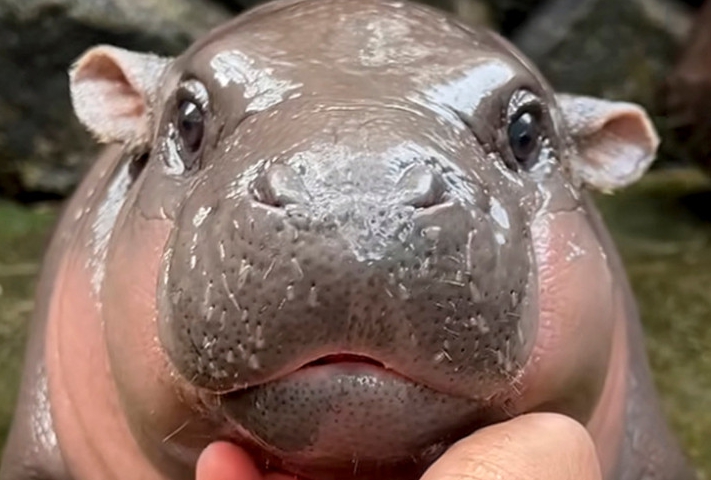
Many people drove from other provinces, enduring traffic jams for several hours. On some days, the traffic congestion stretched 3-7 kilometers from the zoo’s entrance. International tourists who flew in from various countries also joined the crowd. Everyone remained determined to queue and wait to see her, despite the zoo limiting viewing sessions to only 5 minutes per group.
많은 사람들이 다른 지방에서 차를 몰고 왔고, 몇 시간 동안 교통 체증을 견뎌냈습니다. 어떤 날에는 교통 체증이 동물원 입구에서 3~7km까지 이어졌습니다. 다양한 국가에서 온 국제 관광객들도 인파에 합류했습니다. 동물원이 그룹당 관람 시간을 5분으로 제한했음에도 불구하고 모두가 줄을 서서 그녀를 보기 위해 기다리기로 결심했습니다..
Pygmy hippos (Choeropsis liberiensis) are endangered and estimated to number fewer than 2,500. Their decline has been drastic: a long-term survey in a national park in Ivory Coast found 12,000 pygmy hippos in 1982; 5,000 in 1997 and 2,000 in 2011. Today, these hippos are scarce across their native west Africa.
피그미하마( Choeropsis liberiensis )는 멸종 위기에 처해 있으며 2,500마리 미만으로 추정됩니다. 코트디부아르의 국립공원에서 장기 조사를 한 결과 1982년에 피그미하마가 12,000마리, 1997년에 5,000마리, 2011년에 2,000마리의 피그미 하마가 발견될 정도로 급격한 감소세를 보이고 있습니다. 오늘날 이 하마는 원래 서식지인 서부 아프리카에서 보기 드뭅니다.
The pygmy hippo, native to the forests and swamps of West Africa, is a smaller and more elusive cousin of the common hippopotamus. They weigh around 180 to 275 kilograms and are usually about 1.5 to 1.75 meters long. Unlike the larger hippos, pygmy hippos are adapted to life in dense forests and spend more time on land. They have special adaptations, like skin that secretes a pinkish fluid to keep it moisturized and protect against infections. Pygmy hippos are solitary animals, generally only meeting during mating seasons. Due to habitat loss and hunting, they are currently classified as endangered.
피그미 하마는 서아프리카의 숲과 습지에 서식하는 작은 하마입니다. 무게는 약 180에서 275킬로그램이며, 몸길이는 보통 1.5에서 1.75미터입니다. 큰 하마와 달리 피그미 하마는 밀림 속 생활에 적응했으며, 더 많은 시간을 육지에서 보냅니다. 피부에서 분비되는 분홍색 액체는 보습을 유지하고 감염을 방지하는 데 도움을 줍니다. 피그미 하마는 보통 혼자 생활하며, 짝짓기 철에만 서로 만납니다. 서식지 파괴와 사냥으로 인해 현재 멸종 위기 종으로 분류됩니다.
